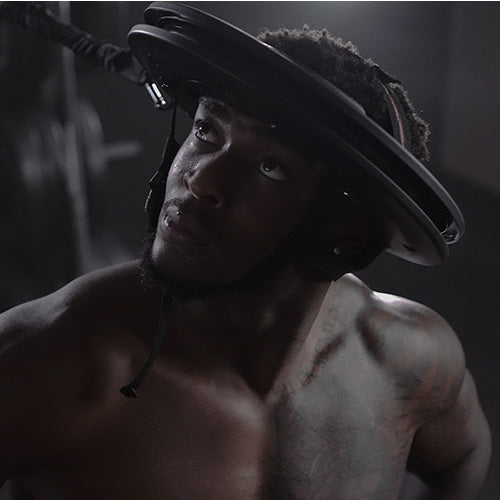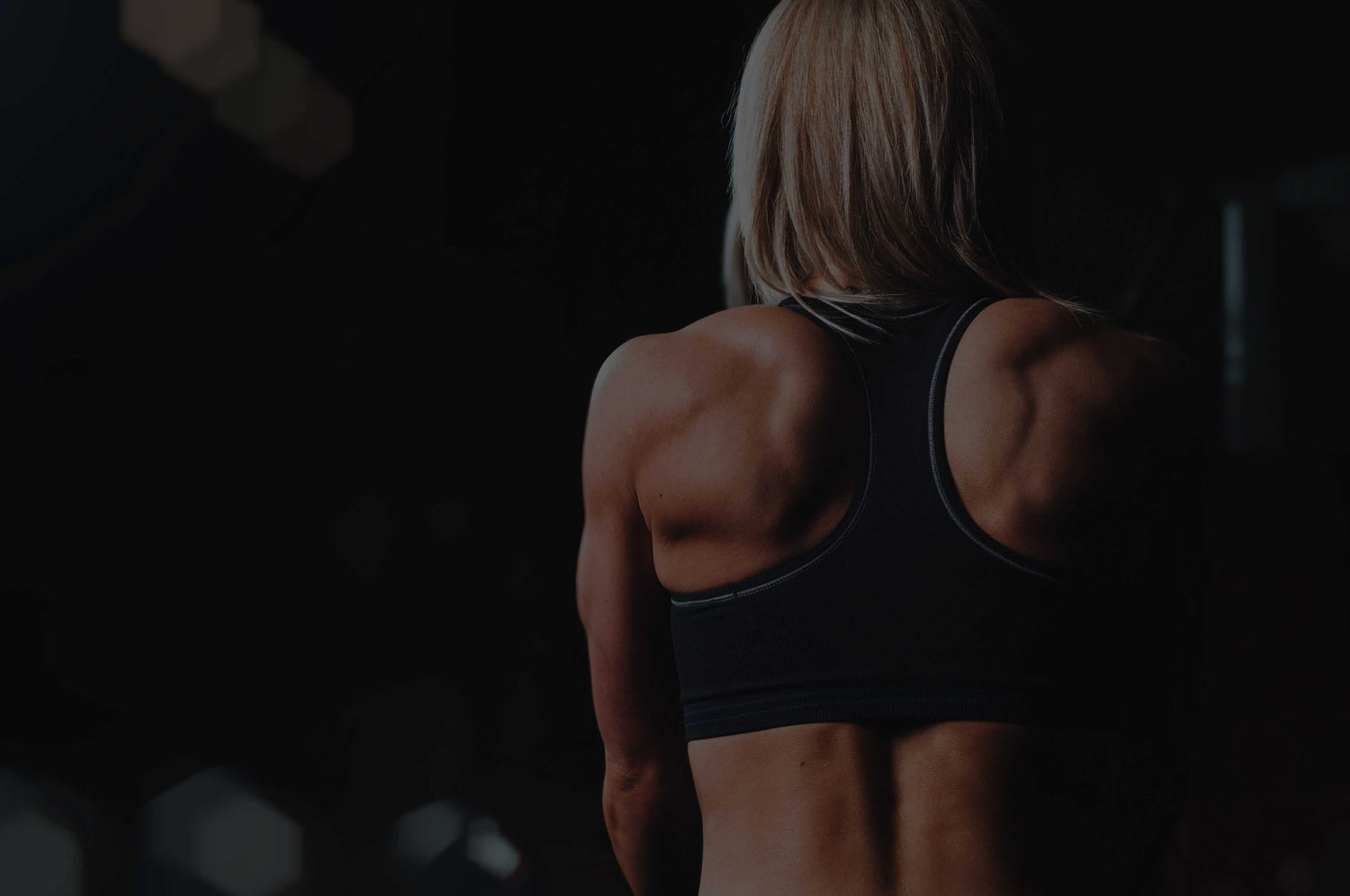Whether you’re doing weightlifting reps or sitting at a desk all day, your neck is put under stress on a daily basis. If you’re considering taking up a neck training routine, it’s important to learn about which muscles are where and how to target them. Your neck is made up of multiple groups of muscles, each with their own chief functions and actions. Focusing on each area, rather than on your entire neck, will produce better results in the long run. Specifically, strengthening your suboccipital muscles will not only prevent tension but also improve posture.
SUBOCCIPITAL MUSCLES
Suboccipital muscles are located just below the occipital bone, right where the base of your skull meets your neck. This cluster of muscles is mainly responsible for posture and movements between your skull and top vertebrae.Shaped somewhat like an upside-down pyramid, the suboccipital region is actually made up of four main muscles - the rectus capitis posterior major, rectus capitis posterior minor, obliquus capitis superior, and the obliquus capitis inferior. While they all contribute to the suboccipital muscles’ overall functions, each has its own distinctions.
RECTUS CAPITIS
Made up of the rectus capitis posterior major and the rectus capitis posterior minor, the rectus capitis works to extend your head forward.
RECTUS CAPITIS POSTERIOR MAJOR
Latin for “larger posterior straight muscle of the head,” this muscle begins at the spinous process (the protrusion from the vertebra) of the axis (the second vertebra of your spine). The end inserts into the occipital bone at the base of your skull.
The rectus capitis posterior major is mainly responsible for extending and rotating the atlanto-occipital joint, which contributes to upper neck flexion and rotation. Flexion, not to be confused with flexibility, describes movements that change the angle between the neck and the head.
RECTUS CAPITIS POSTERIOR MINOR
You may have guessed it already - rectus capitis posterior minor is Latin for “lesser posterior straight muscle of the head.” This muscle begins at the atlas, which is the spine’s first vertebra, located above the axis.

OBLIQUUS CAPITIS
Like the rectus capitis, the obliquus capitis works with the atlanto-occipital joint. These muscles - the obliquus capitis superior and the obliquus capitis inferior - are responsible for helping rotate your head and bend it from side to side.
OBLIQUUS CAPITIS SUPERIOR
This muscle is explicitly in charge of flexing your head sideways. It arises from the atlas bone and, like the rectus capitis muscles, inserts into the occipital bone. The obliquus capitis superior actually looks like two muscles, located on each side of the occipital region.

OBLIQUUS CAPITIS INFERIOR
Despite its name, the obliquus capitis inferior is actually the larger of the two obliquus capitis muscles. This muscle originates at the axis and inserts into the occipital bone. Its primary responsibility is rotation, especially at the meeting point between the skull and your first vertebra.
SUBOCCIPITAL TRIANGLE
The suboccipital triangle is made up of the rectus capitis posterior major and both of the obliquus capitis muscles. This trio provides fine motor function in movements of the head.
SUBOCCIPITAL TRIANGLE MUSCLES (RM, OS, OI)
Each muscle in the suboccipital triangle is responsible for its respective region and direction of movement. The rectus capitis posterior major assists with moving the head medially or rotating it inward. The obliquus capitis muscles move the head laterally, which describes outward rotation of the head.

THE SUBOCCIPITAL NERVE
The suboccipital nerve is located within the suboccipital triangle muscles. It is responsible for innervating the muscles in the triangle, meaning it supplies the trio with energy.
SUBOCCIPITAL MUSCLES PAIN
There are a number of causes of suboccipital muscles pain - some that you may have never considered. Aside from the usual suspects like slouching and whiplash, eye strain and grinding your teeth can cause tension and tightness in the area.
TIGHT SUBOCCIPITAL MUSCLES SYMPTOMS
If you are experiencing suboccipital pain, stiffness and/or a dull ache at the top of your neck, it’s likely that your suboccipital muscles are tense. Other tight suboccipital muscles symptoms include pain in the back of your head, on your forehead and behind your eyes, sometimes even resulting in visual disturbances or nausea.
SUBOCCIPITAL HEADACHE
Combined, these symptoms are known as a suboccipital headache - more commonly called a tension or stress headache. Often, this pain is described as feeling like a band around your head, starting at the base of your skull.
SUBOCCIPITAL STRETCH
Instead of turning to pain medication to combat stress headaches, try practicing suboccipital stretch. This can not only ward off your current headache but also prevent future ones. The most effective way of doing a suboccipital muscles stretch is with a neck workout device like the Iron Neck. By holding your head in place, this instrument betters your posture while providing resistance during your stretches. This will ensure that you are at peak performance, and the resistance will help tone and thicken your neck.
Doing a suboccipital stretch is fairly simple. Begin by looking straight ahead, making sure your chin is parallel to the floor. With the Iron Neck secured, push your head down and forward by placing your hands on the back of your head. Make sure your chin is tucked into the front of your neck. While doing this exercise, you should feel a slight pull in the suboccipital area. Practicing this regularly will help release tension from the top of your neck as well as strengthen it.



